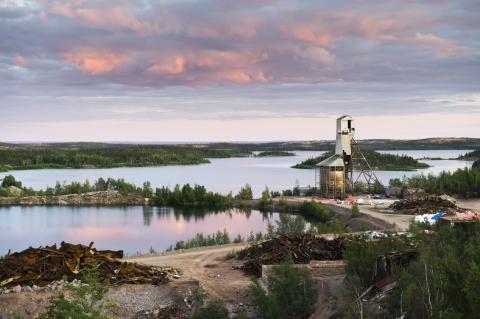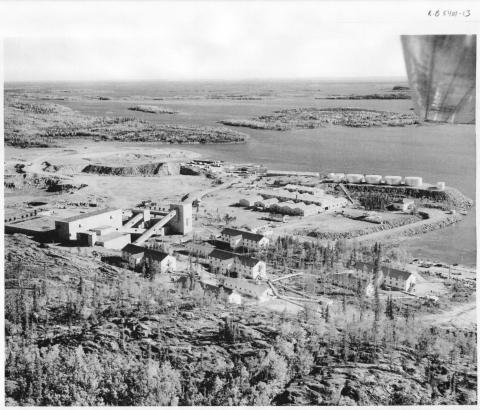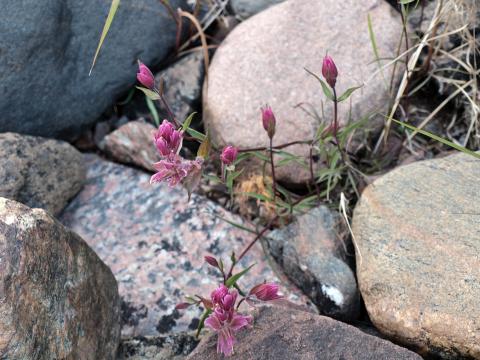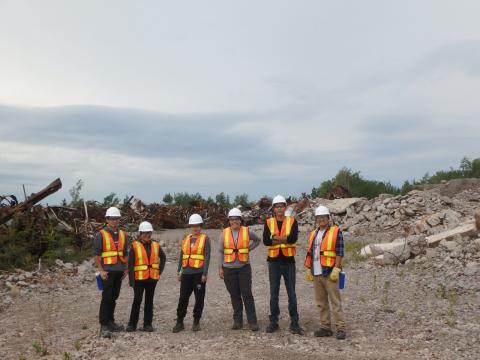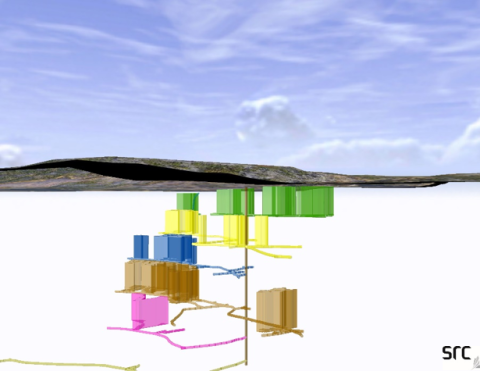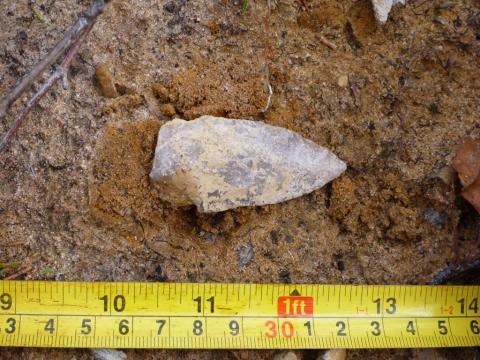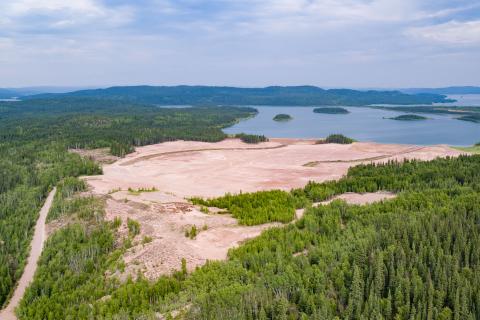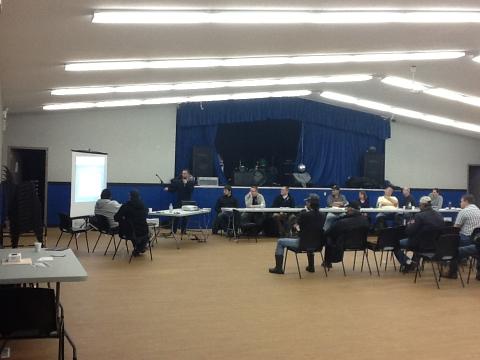The Gunnar Mine and Mill Site was abandoned with little to no decommissioning after it ceased operation in 1964, leaving behind significant hazards to the environment and public. Learn about the decades after the Gunnar Site closed and what's being done to remediate the land.
The Gunnar Mine operated from 1955-1963 and officially closed in 1964 with little to no decommissioning. In 1956, it was considered to be the largest uranium producer in the world. Learn about the construction of the site, the operational challenges and the town site that was built - and why it became a ghost town.
Remediating a contaminated site may have positive and negative impacts on biodiversity. Learn how a sustainable approach to remediation involves planning and implementing environmental protection throughout the entire remediation process.
Giving students the opportunity to try a hands-on experience in science is something we never shy away from. We love science. So, when we heard that youth in northern Saskatchewan were looking for opportunities to gain experience in science-related fields, we took on the challenge.
What you can see on the surface of an abandoned mine site doesn’t always tell the full story of the mining activities that took place. In fact, the surface is a very small part of the whole remediation process. Find out how 3-D models of underground workings helps us get a better idea of risks below ground.
Archeologists are uncovering hundreds of artifacts in Saskatchewan every year. When there's a risk of development impacting heritage resources, a screening process determines whether or not an impact assessment is required. Find out how a projectile point was discovered at an abandoned mine site.
In 1960, the Lorado Mill was abandoned in northern Saskatchewan, leaving an estimated 227,000 cubic meters of radioactive uranium tailings that covered the mill site and flowed into nearby Nero Lake. In 2008, SRC was contracted to clean up the site, which began a multi-year journey to reduce the risk to human health, wildlife, and aquatic life.
For many companies operating in the mining and energy sectors, community engagement is something they have to do or may want to do. The question is, are you willing to do what it takes to make community engagement more meaningful and valuable for you and your stakeholders? It’s a big question to answer.
